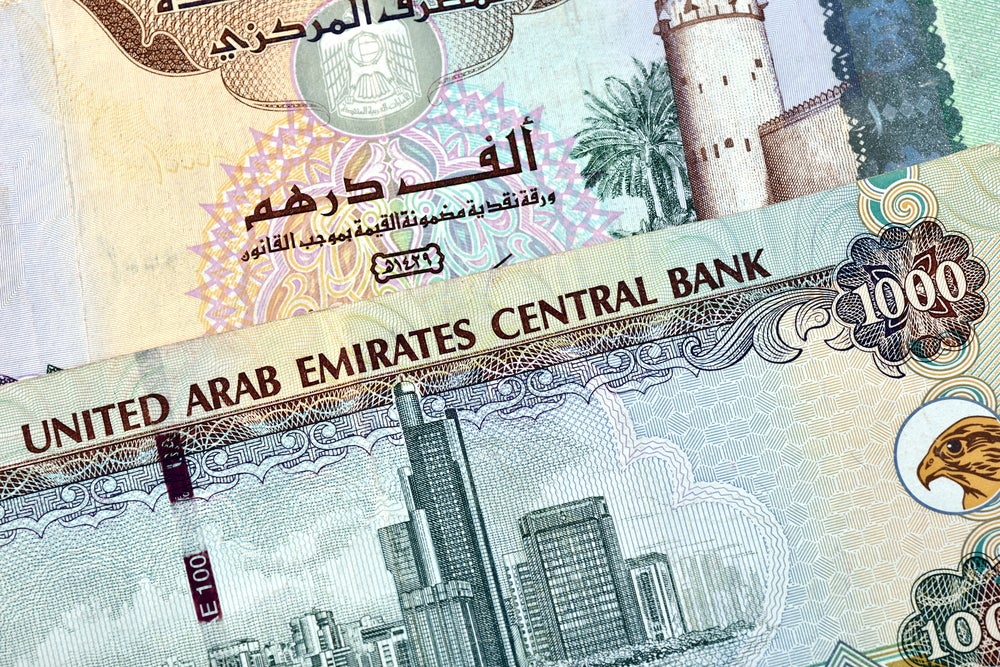After flights were largely grounded and travellers stayed home in 2020, the return to travel has become one of the most anticipated—and uncertain—activities of 2021.
Mastercard has released Recovery Insights: Ready for Takeoff?, a view into key travel trends in the air and on the ground, around the world.
While the global travel recovery remains uneven, one-fifth of countries studied have returned to at least 90% of pre-pandemic levels for domestic flight bookings.
The report, developed by the Mastercard Economics Institute, draws on aggregated and anonymised sales activity across the global Mastercard network to better understand the next phase for travel, its drivers and challenges.
This includes the balance between leisure and business, local and long-distance, and saving and spending. The report also looks at the spending categories seeing an uptick and what they signal for travel recovery.
Spending levels lowest in 15 years
“While there’s been an impressive recovery in domestic air travel in a number of markets, the rebound won’t happen overnight. The pandemic brought the industry down to spending levels not seen in over 15 years,” said Bricklin Dwyer, Mastercard chief economist and head of the Mastercard Economics Institute.
How well do you really know your competitors?
Access the most comprehensive Company Profiles on the market, powered by GlobalData. Save hours of research. Gain competitive edge.

Thank you!
Your download email will arrive shortly
Not ready to buy yet? Download a free sample
We are confident about the unique quality of our Company Profiles. However, we want you to make the most beneficial decision for your business, so we offer a free sample that you can download by submitting the below form
By GlobalData“While a lot of uncertainty remains, pent-up savings, a desire to venture farther from home, and the green light from governments could all provide significant tailwinds for the continued travel recovery.”
Key trends include:
Global gasoline spending is up 13%* from its previous peak in 2019. Road trips—the big trend of 2020—aren’t going anywhere. The report shows robust demand for local travel and lesser-known locales, such as Devon and Cornwall in the UK. In the US, more people are also traveling across the country by car, with 25% of vehicle rentals used for interstate travel.
As people prepare to re-emerge, pent-up savings help fuel sales across a variety of categories. For instance, sales at toupee and wigs stores have increased 75% in the past year compared to pre-pandemic, and sales for beauty salons and luggage stores are also up. Meanwhile, spending at boat dealers (+30%) and bike stores (+62%) also grew, as pent-up demand collided with greater savings due to fiscal stimulus and savings from mobility restrictions. The US followed by Canada, Belgium, and Australia, had the most ‘excess’ savings as a percent of annual personal consumption expenditure.
Air travel remains down significantly globally, with some positive pockets. According to the analysis, one-fifth of countries studied have returned to at least 90% of pre-pandemic levels for domestic flight activity. While some—including the U.S., Australia and France—are exceeding pre-pandemic domestic flight bookings, others—such as Canada, Thailand and New Zealand—are at a fraction of where they were before the pandemic began.
Global business travel lags global leisure travel by approximately four months. Global business travel is showing recovery signs, with Australia domestic corporate travel bookings at nearly 80% of pre-Covid levels. Additionally, US domestic corporate travel is back up to just over half of its average level from 2019.
Border reopenings have fueled 10 interesting travel corridors. The limited border reopenings have proven to be challenging for travellers and the travel industry alike. But the select open corridors such as between Australia and New Zealand and between the US and Latin America and the Caribbean are meeting and, in some cases, exceeding pre-pandemic levels.







